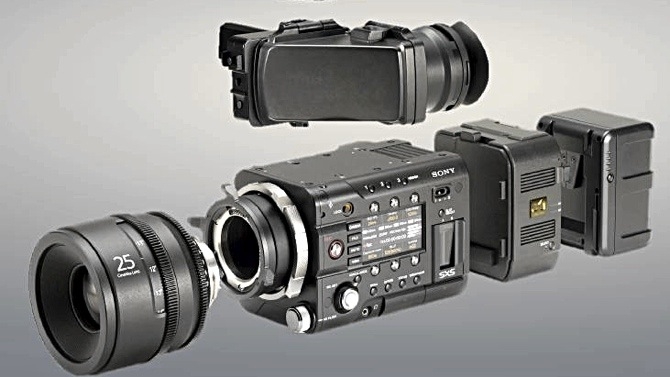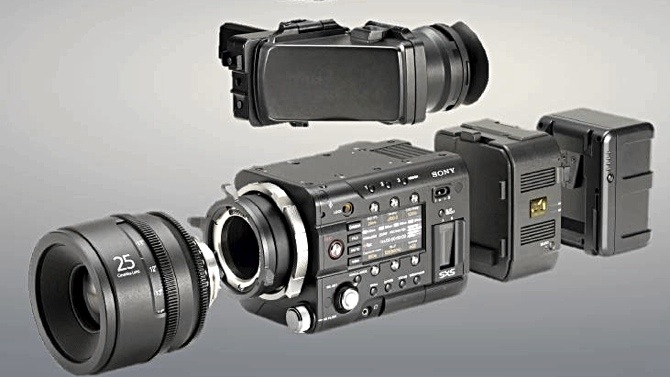
 New F cameras F5 F55
New F cameras F5 F55
So, we've seen the announcement from Sony of two new 4K cameras, new codecs, new recording media and a new 30" 4K LCD monitor. Just how significant is this, and is this the 4K Tipping Point, at least for production, if not all the way to the home?
The new cameras certainly plug a gap that until now has been filled with non-Sony products - not all necessarily 4K (although Red and Canon certainly do have cameras at this resolution) but all capable of mid to high end feature film production. There's no doubt that Red, Canon and Arri were getting sales that Sony wanted but wasn't in the right place yet to get. One senses that the F5 and the F55 were developed, shall we say, urgently.
Is this the tipping point for 4K?
Probably not in the sense that most people are not ready for it as consumers - but of course nobody is going to object if their cinema happens to offer Skyfall in 4K - except that Skyfall was filmed with the proud-to-be-not-4K Arri Alexa; which says a lot about "look" rather than "specification. We don't know yet what the new cameras "look" like.
Tipping point?
But probably yes, it is a tipping point for 4K in that it is becoming hard to imagine Sony bringing out a non ENG-style camcorder ever again that doesn't have 4K. And with the announcements about the upgrade to the F65, we may now have an expectation of at least some sort of 8K from very high-end cameras.
Lessons from HD?
In a way, it's a bit like the introduction of HDV nine years ago - but only a bit. Almost nobody had high definition television in the home then. HDMI wasn't widely available until 2004 - so there was no standard interface apart from analogue component for HDTV in the home. What drove the rapid adoption of HD - and this type of change may never happen again - was that almost everyone was about to exchange their old televisions, not so that they could get HD, but so that they could get rid of their old CRT televisions. Who wouldn't exchange small but bulky screens for much bigger ones that you would hang on the wall? The fact that the new screens were all capable of HD was lost on possibly the majority of upgraders.
But now, HD in the home is beyond mainstream. The change happened very quickly, and the costs plummeted as well.
4K will be more nuanced than that, but that's OK. It's going to be top-end for quite a while. Broadcasters are talking about offering 4K content and Sony at IBC 2012 showed a live demonstration of 4K delivered over satellite to its new 84" 4K Bravia.
4K is compelling
But the arguments for production in 4K are compelling. Even better quality. More flexibility in post - including digital zooms and pans if you're producing for HD.
But, more than that, as storage costs continue to plummet, and as sensor technology is so far ahead of the curve in terms of the number of low-noise pixels available, why would you miss the opportunity to gather all that information at the point of acquisition. Why would you effectively throw away three quarters of your image by staying in HD?
Sony's European Launch event: Our report
Tags: Technology


Comments